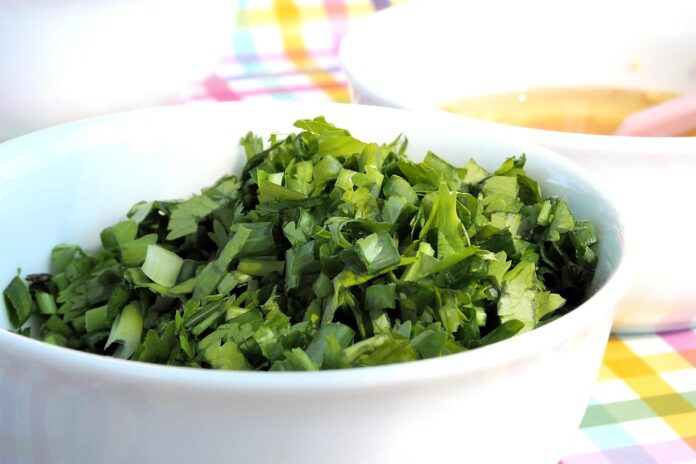Sustainability in Coriander Farming: Reducing Environmental Impact and Enhancing Soil Health
Coriander, also known as cilantro or Chinese parsley, is a popular herb used in various cuisines around the world. As the demand for fresh herbs continues to rise, it is essential for coriander farmers to adopt sustainable practices to reduce their environmental impact and enhance soil health. In this report, we will explore how coriander farming can be made more sustainable through the use of eco-friendly methods and technologies.
Environmental Impact of Conventional Coriander Farming
Conventional coriander farming practices often involve the use of synthetic fertilizers, pesticides, and herbicides. These chemicals can have detrimental effects on the environment, such as water pollution, soil degradation, and harm to beneficial insects and wildlife. Additionally, the intensive use of water in conventional farming can lead to water scarcity in regions where coriander is grown.
Adopting Sustainable Practices in Coriander Farming
To reduce the environmental impact of coriander farming, farmers can adopt sustainable practices such as organic farming, crop rotation, and integrated pest management. Organic farming eliminates the use of synthetic chemicals and promotes soil health through the use of natural fertilizers and compost. Crop rotation helps to improve soil fertility and reduce the incidence of pests and diseases. Integrated pest management involves the use of beneficial insects and natural predators to control pests, reducing the need for chemical pesticides.
Enhancing Soil Health in Coriander Farming
Soil health is crucial for the sustainable production of coriander. Healthy soil is rich in organic matter, nutrients, and beneficial microbes, which promote plant growth and resilience to pests and diseases. Farmers can enhance soil health by practicing no-till farming, cover cropping, and composting. No-till farming helps to reduce soil erosion and compaction, while cover cropping adds organic matter to the soil and improves its structure. Composting recycles organic waste into nutrient-rich fertilizer, reducing the need for synthetic inputs.
Financial Benefits of Sustainable Coriander Farming
While transitioning to sustainable practices may require an initial investment, the long-term financial benefits far outweigh the costs. Sustainable coriander farming can reduce input costs, improve crop yields, and enhance the quality of the produce. Consumers are increasingly willing to pay a premium for organic and sustainably grown coriander, creating opportunities for farmers to increase their profits. Additionally, sustainable farming practices can help farmers adapt to climate change and mitigate its impact on their crops.
Industry Insights and Trends in Sustainable Coriander Farming
The sustainable agriculture industry is growing rapidly as consumers become more conscious of the environmental and social impact of their food choices. Many food companies and retailers are now sourcing coriander from sustainable farms that adhere to strict environmental and social standards. Certification programs such as USDA Organic and Fair Trade provide assurance to consumers that the coriander they purchase has been grown sustainably and ethically.
In conclusion, sustainability is essential for the long-term viability of coriander farming. By reducing their environmental impact and enhancing soil health, coriander farmers can ensure the continued production of this popular herb for future generations. Adopting sustainable practices not only benefits the environment but also offers financial rewards and market opportunities for farmers. It is crucial for farmers, policymakers, and consumers to work together to promote sustainable coriander farming practices and create a more resilient and healthy food system.




